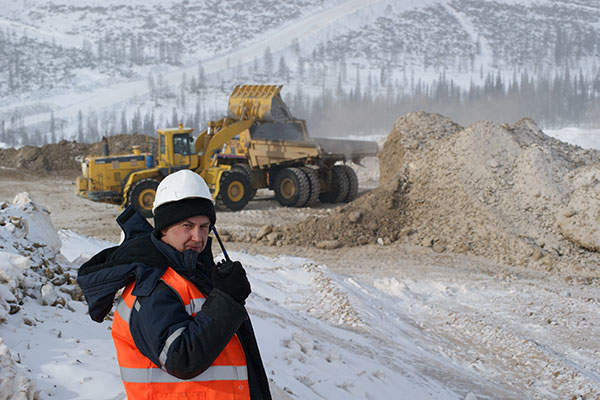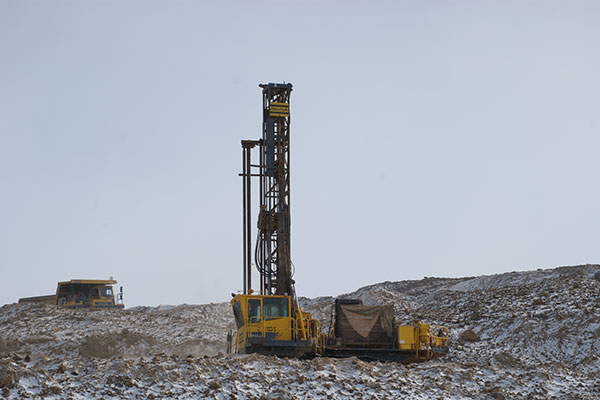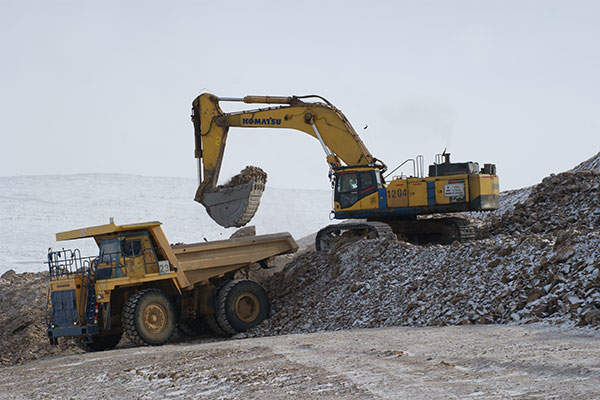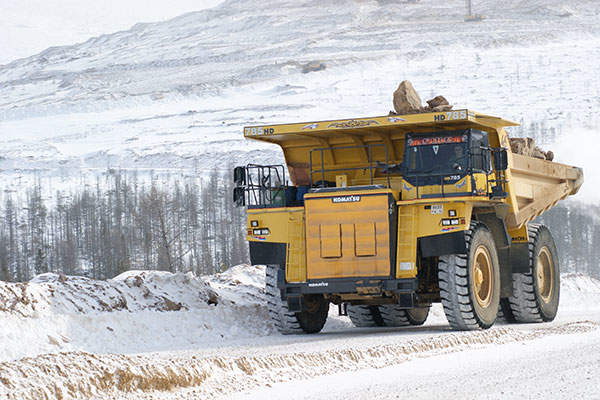
The Gross project owned by Nordgold includes the development of an open pit gold mine in Yakutia. The property is located approximately 125km northeast of the Ikabya station on the BAM railway and approximately 4km to the east of Neryungri mine.
Mining licence for the project was received in June 2013 and the feasibility study was completed in February 2014. Environmental permits were obtained in February 2015, while the formal project construction permit is anticipated in the second half of 2015.
Nordgold expects to mine approximately 12 million tonnes of ore per annum (Mtpa) and produce 220,000 ounce (Oz) of gold a year from the deposit, which is estimated to have a mine life of 17 years.
Trial mining at Gross gold mine
Polymetal’s Mayskoye underground gold mine is located in the Chaunski District of the Chukotka Autonomous Territory of Russia.
Trial mining at the Russian gold mine began in April 2014 and full production run rate is expected to be reached in 2017. Approximately 2.3Mt of ore was mined and 1.8Mt of ore processed to produce 29,000oz of gold at the nearby heap leach facility at Neryungri, as part of the trial mining, in 2014.
Gross deposit geology
The Gross project is situated approximately 4km to the east of the Tabornoe Project, in the upper reaches of the Gross stream. The deposit is located in the south-western corner of the Uguskiy Graben, which is filled with lower proterozoic – olonnokonskiy formation sediments.
The Olonnokonskiy formation consists of a basal conglomerate and gravels, which in some areas can be up to 20m-30m thick.
The Gross deposit comprises a zone of potassium feldspar metasomatite hosted within early proterozoic sandstones of the olonnokonskiy formation. The zone strikes east-west for up to 1km and dips shallowly (between 5° and 25°) to the south for up to 1km.
Reserves of the Gross gold project
As of 31 December 2014, the Gross deposit was estimated to contain proven and probable gold reserves of 192Mt of ore grading 0.73g/t Au and 2.3g/t silver. It is estimated to contain 4.51Moz of gold.
Mining and processing of ore from the Russian project
Conventional mining methods will be applied at the open pit mine, which is proposed to use five Komatsu PC 3000 shovels, 40 Komatsu HD1500 141t trucks, and Komatsu 785HD trucks.
The run-of-mine (ROM) ore will be transported by haul trucks to the ROM pad, located adjacent to the mining pit, and fed to the primary crusher by a bulldozer. The output from the primary crusher will be delivered to the secondary crushers by means of belt conveyors.
The crushed ore will be processed using dynamic heap leach processing technology, which will result in the formation of a pregnant leach solution (PLS). The solution will be pumped to one of a series of five adsorption streams, each comprising three columns filled with activated carbon.
The gold-loaded carbon will then be delivered to a gold elution column for stripping and recovery of the gold. The barren solution will be returned to the barren solution tank or pond.
Loaded carbon will be transferred from the adsorption columns to one of three elution columns on a daily basis. Elution will be conducted in a closed circuit with the electro-winning cells under pressure and elevated temperature levels between 130°C and 150°C. Carbon will be regenerated prior to returning to the adsorption columns.
During electro-winning (EW), gold will be recovered onto stainless wool cathodes, which are then manually removed from the EW cells along with any sludge. The cathodes and the sludge will be dried and roasted in a roasting oven before being transferred to one of two electric induction furnaces for smelting.
Contractors involved with the Gross project development
Snowden prepared the National Instrument 43-101 (NI 43-101) technical report for the Gross project in Russia. AHMA Engineers, based in Finland, was engaged to prepare infrastructure design for the open pit project.








